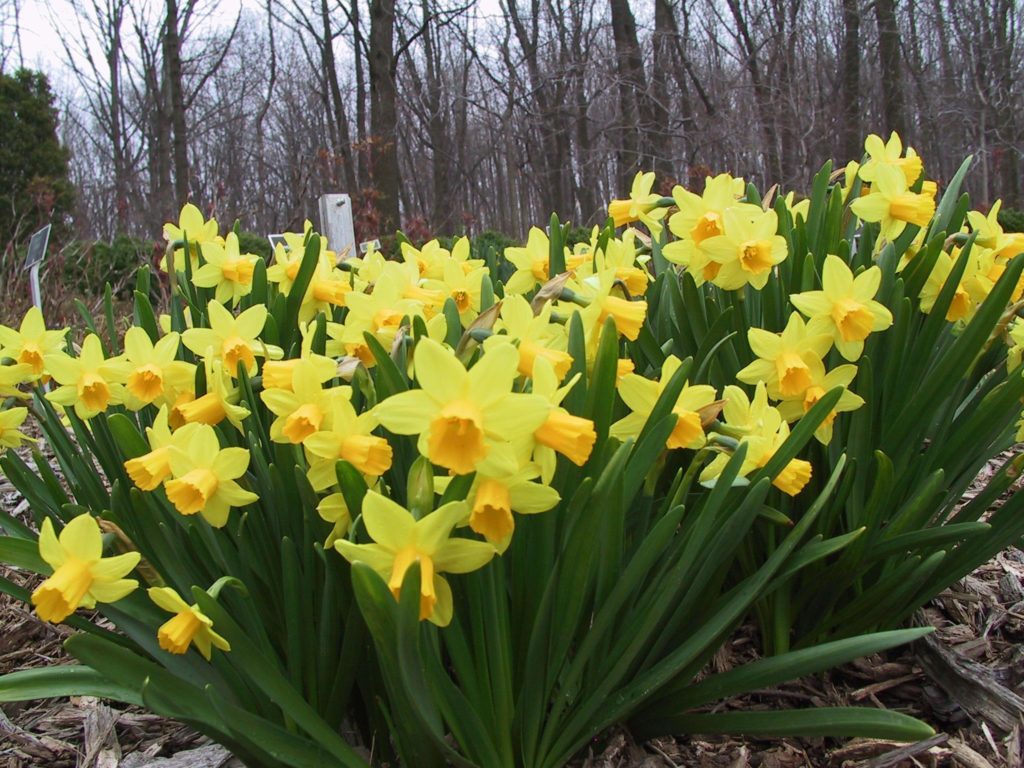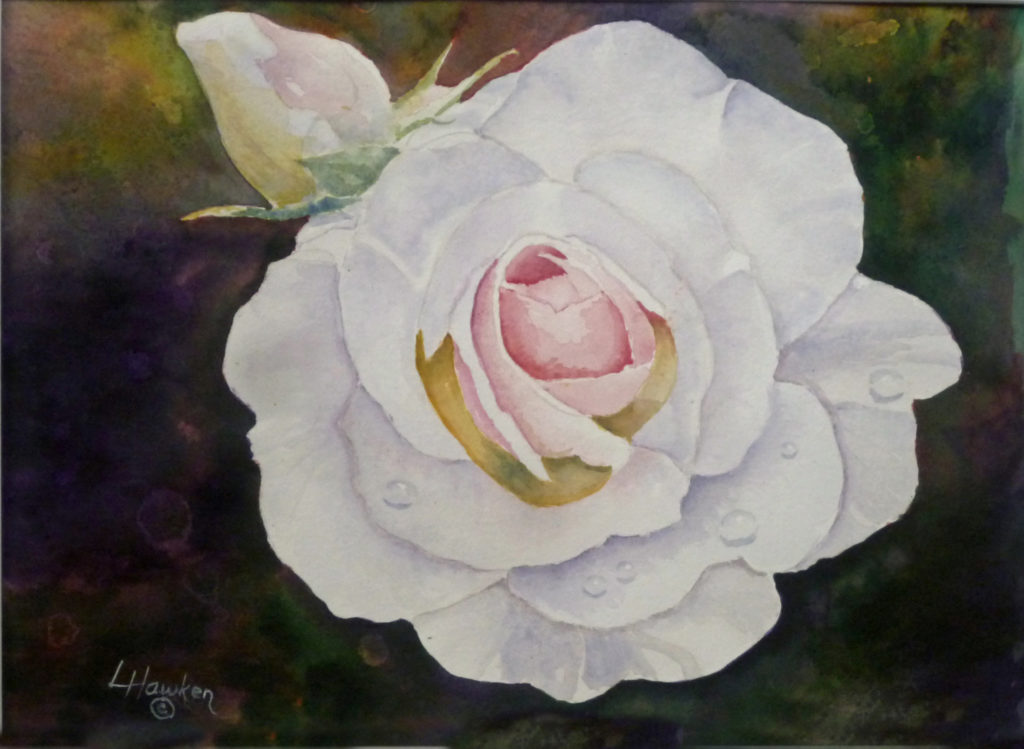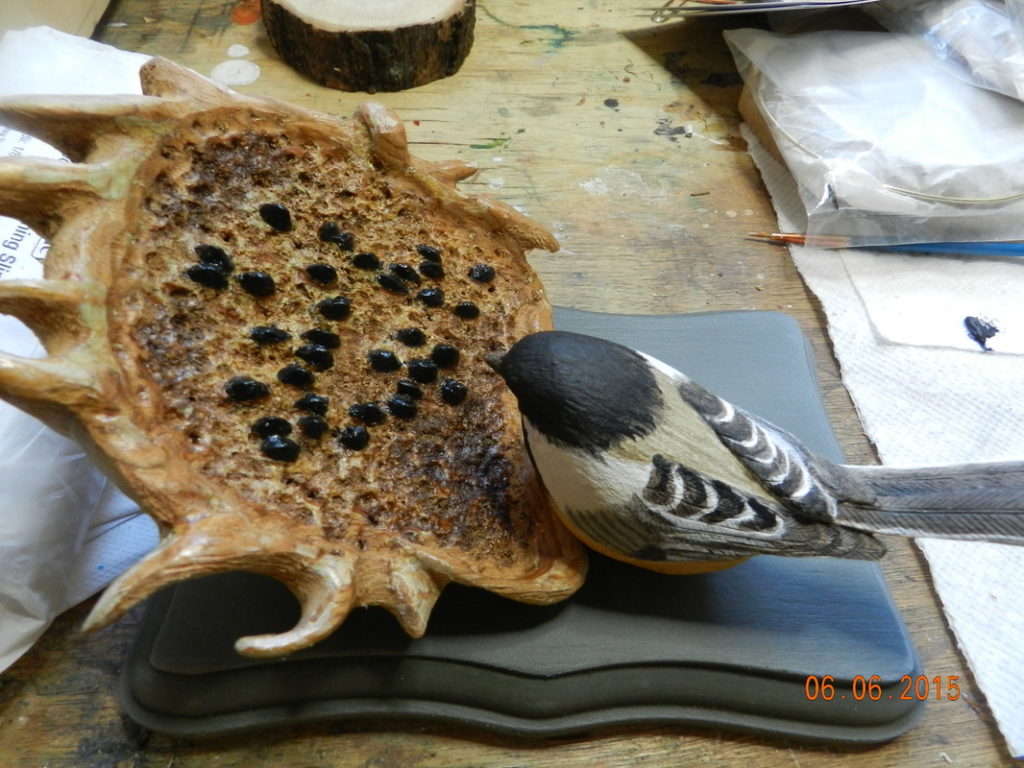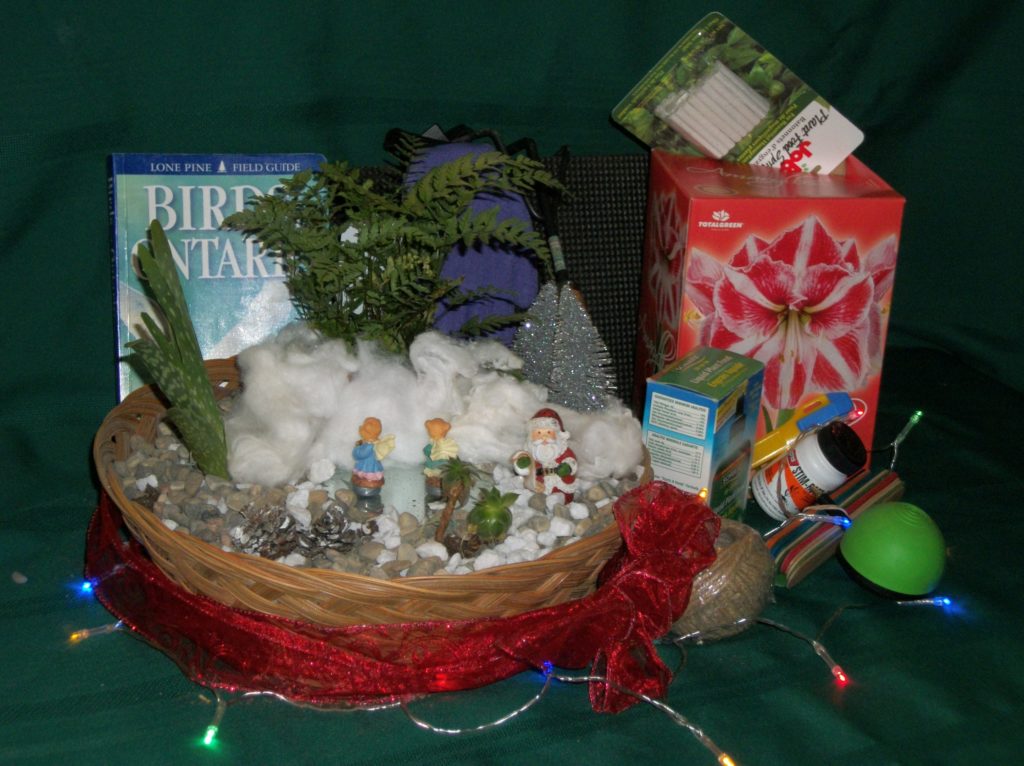It’s Still Just Dirt, The Tillsonburg News – April 2019
by Angela Lassam
It is looking great in all our gardens. The bulbs have survived the winter and are giving us our first burst of spring colour. The perennials are showing new growth, ready to display their glory in late spring and summer.
There are the usual early tasks of branch pickup, raking of leaves and fertilizing the grass. It is now that we can look at our gardens and see what we can improve upon before the mulching begins. A new homeowner can make their yard more inviting and gardeners can change up or renew their garden appearance by defining their flower beds or pathways. There are many products to choose from so here is a breakdown of a few of them.
Most flower beds can be improved by using polymer edging that can be sunk to grass level and hold the soil back from the grass. This is also good for around the base of trees if you like to mulch them. For beds that are deeper there are several options. Concrete decorative wall blocks are easy to lay and come in various shapes to form circles. Field stone will look natural and blend in well as an edge for a flower bed especially if you are trying to create a rockery. Wood used in different ways such as upright short posts placed beside each other can be decorative. For square or rectangular designs use wooden posts laid flat to create an edge. You can use wood layered up to form a raised bed for vegetables.
The same work using wood or stone can apply to making a path where you can fill in between with paving blocks, poured concrete or stone. If you desire a clean look to your pathways there are professional companies who can make edging in various textures, colours and unusual shapes. You must remember this would be permanent and needs to be considered into the landscape appearance in the future.
As a DIY project think of making some personalised stepping stones from concrete to make a path. Leaves as imprints pressed into the concrete before setting can be washed off when they are dry. Maybe grandchildren’s’ footprints or hands pressed into the top could make them personal. Shells used the same way would give the surface a grip. Glass or broken china used as a decoration could be a future talking point. You can use tin foil pans or make wooden frames as the molds. There are endless ideas and can be fun to do.
The Junior Gardeners Program has started with the registration forms available in the schools. The theme is “Planting a Rainbow Garden”. It is important that children learn where their food comes from and experience the pleasure of eating what they grow. Volunteers will judge the gardens and a Pizza Party with awards will finish the program. For further information contact Pat Zeyen phone # 519 983 2928 or email: patzeyen@gmail.com
Coming in May the Annual Auction and Plant Sale organized by the Tillsonburg Horticultural Society has been planned for Tuesday May 21st in the Lions Auditorium, Tillsonburg Community Complex. Doors will be open at a NEW TIME of 5:00 p.m. and the auction starts at 6:00 p.m. There will be annuals, perennials, herbs, shrubs and trees. Also a Bake Sale, draws and garden decor so something for all. Refreshments available. Proceeds allow the Society to do the work necessary to make Tillsonburg beautiful for all.
The next monthly meeting for the Tillsonburg Horticultural Society will be on Tuesday May 7th @ 7:30 p.m. in the Senior Centre Auditorium Tillsonburg Community Complex. Brenda Campbell from Cozyns Garden Gallery, Stratford will demonstrate planting a hanging basket and talk about what’s new this year. Everyone welcome. Non-members $2 per meeting or join for extra benefits. Visit us on our website at www.tillsonburghorticultural.ca or Facebook Tillsonburghorticultural for up to date news.



